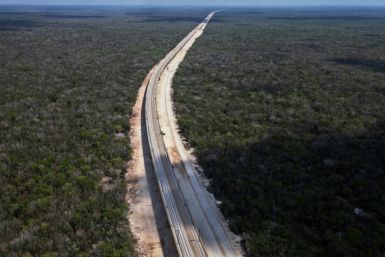NASA Voyager 1 Spacecraft Go Through New Layer of the Solar System
The long-running Voyager 1 Spacecraft of NASA reportedly entered a new layer of the solar system of which scientists are unaware.
NASA scientists have now named this area "Magnetic Highway" and further claimed it is the final stop before the interstellar space. The astounding scientific discovery was made known to the public on Monday at the American Geophysical Union meeting in San Francisco, California.
"We do believe this may be the very last layer between us and interstellar space. This region was not anticipated, was not predicted," Edward Stone, the Voyager project scientist based at the California Institute of Technology in Pasadena, California stated during a teleconference with reporters.
"Therefore, it's hard to determine how soon the spacecraft will leave the solar system altogether. It may take two months, it may take two years," Stone further added.
NASA Spacecraft Voyager 1 and its sister Voyager 2 was launched 35 years ago on a voyage on the outer planets. Voyager 2 was launched first on August 20, 1977. The Spacecraft is currently 9 billion miles from the sun. The Voyager 1 was launched on September 5, 1977 with a movement faster than the Voyager 2 eventually catching up and passing by the sister Spacecraft. Voyager 1 is more than 11 billion miles from the sun at present.
Both Spacecrafts continued to travel toward the borders of the solar system since its launch into space.
"As soon as Voyager 1 breaks through the interstellar space, it will become the first man-made object to leave the solar system. However, it would take at least 40,000 years before either probe came close to another star," Stone stated.
Before that happens, both Voyagers will have already run out of power. The NASA Spacecrafts need to send back the results before it permanently shuts off.
"We will have enough power for all the instruments until 2020. At that point, we will have to turn off our first instrument," Stone revealed.
Voyager 1 must be turned off by 2025.






